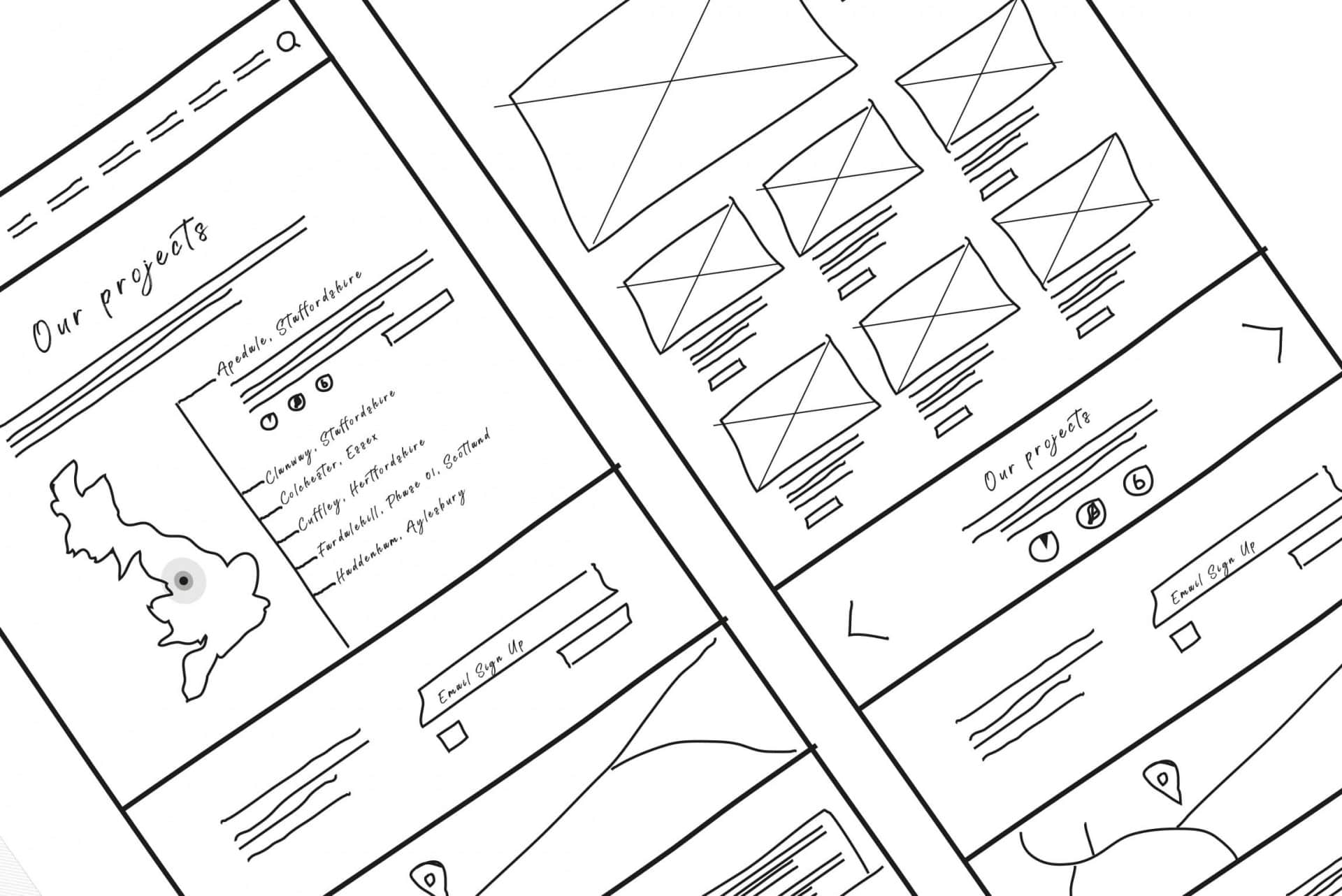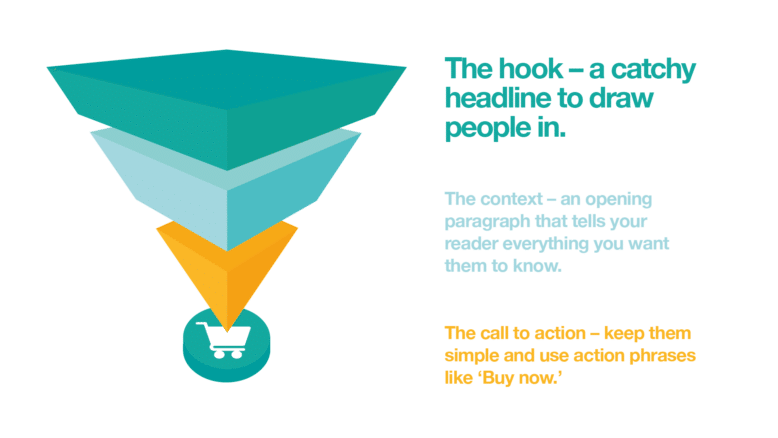
Digital
How to plan a website design project
If you want info about a company, the first thing you do is head to their website, right? Whatever business you’re in, your website plays an essential part in communicating to your customers who you are and why they should care. So when a client approaches us for website design, one of our first challenges is helping them to articulate what they need on their site. That may sound obvious, but a surprising number of clients expect us to provide design suggestions before they provide us with any idea of content.
Let your content lead the design process
We’re not suggesting you need to have pages of perfectly written copy ready, but it is essential that we understand the kind of content you want on each page. Are you selling directly from your site? Do you want pages that describe your products or services in greater detail? Will you have news to share with your audience on a regular basis? If so perhaps you’ll need a blog, but this will look very different from a sales page, for example. Will your news be categorised? If so, how many categories do you need – between 1-5 or 20-50? How many paragraphs of text are you likely to have on each page? Will there be any icons, infographics, imagery, links from/to other websites, forms to fill in, call to action buttons, bullet points (if so, how many), or is it mainly text?
Asking these questions helps us to get a better understanding of your content needs. Only then are we able to create an information architecture, a site map, a customer journey and, eventually, a website design that complements that user journey, providing your audience with the best possible browsing experience. If all these things aren’t properly thought through upfront, it’s likely you’ll have to add more content modules later. This may well affect the customer journey and increase the time required to finish the project, often incurring additional costs.
"Who’s reading this and how does that inform your brand’s tone of voice?"

Clearly define your audience
So, you’ve established the type of content you want to feature on your website. Now, before you create that content, you need to dive a bit deeper and clearly define your audience. Who’s reading this and how does that inform your brand’s tone of voice? If you’re providing a B2B product or service, the content and the tone will be different from a consumer-facing site. You’ll need to be careful with how you use jargon, and decide whether you use corporate language or take a less formal approach. Think about why your audience is coming to your website and what information you want them to take away. Are you providing a clear call to action to ensure you’re getting the results you want?
Keep your customers engaged
Once you’ve got a customer to your website, how do you keep them there? Many readers will only spend a couple of seconds before deciding what to do next, so you need to capture their imagination immediately. Journalists use what’s called an ‘inverted pyramid’, which features the most important facts at the top, then expands upon the finer details further down the page. You need a catchy headline to draw people in, followed by an opening paragraph that tells your reader everything you want them to know. They may well read on to find out more, but if they don’t, you’ve still achieved your communication goal.
Keep your content as brief as possible, using punchy sentences and short paragraphs. Use sub-heads to break up longer blocks of text – this helps your reader to find whatever interests them as they scan the page.

Understand how readers read
Eye Tracking research by companies like the NNgroup shows how people scan web pages on both computer and phone screens. Scanning in an F-shape pattern, which is common, has proved to be problematic. The reader scans the top of the page horizontally, then moves down a bit, continuing to scan horizontally from the left hand side but for less time. They continue to scan the far left hand side of the page, but miss the right hand side completely, hence the F-shape. This has been a challenge for many companies, so it’s worth bearing it in mind when it comes to the layout of your design and copy.
Finally, you want to finish each page with a strong call to action (CTA) button. Keep them brief and use action phrases like ‘Find out more’, ‘Contact us’ or ‘Buy now’.
If it all sounds a bit overwhelming, don’t worry – we’re here to guide you through the process. We’ll ask the right questions to get you thinking about your audience and, if copywriting really isn’t your thing, we can help with that too – get in touch!